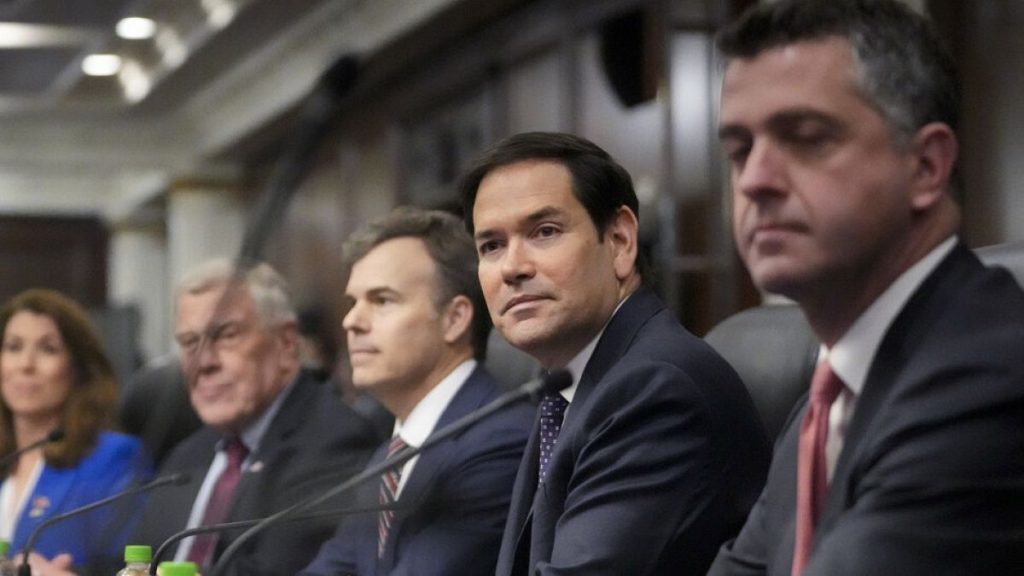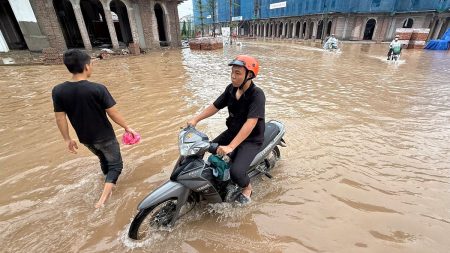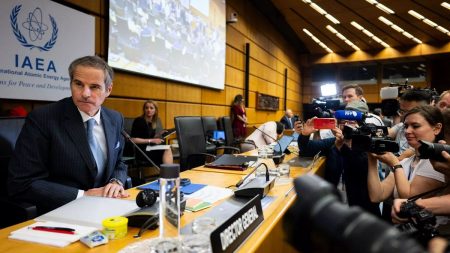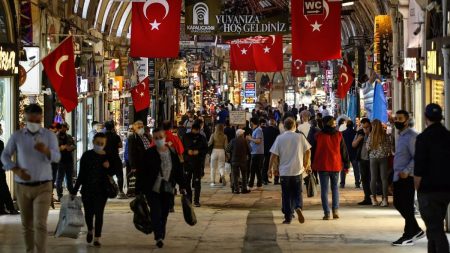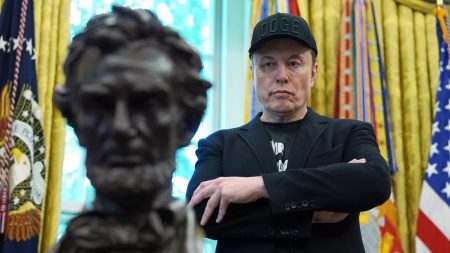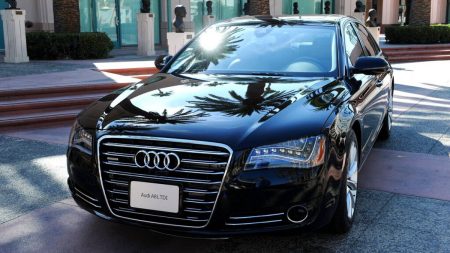Paragraph 1: The Panama Canal and US-China Tensions
The Panama Canal, a vital artery of global commerce, has become a focal point of the escalating strategic competition between the United States and China. The US, which built and controlled the Canal for much of the 20th century, handed it over to Panama in 1999 under a treaty stipulating the waterway’s permanent neutrality. However, growing Chinese influence in Panama, particularly in the form of port facilities operated by Chinese companies at both ends of the Canal, has raised concerns in Washington about potential vulnerabilities to Beijing’s political pressure. These concerns were brought to the forefront during US Secretary of State Marco Rubio’s visit to Panama in early February, marking his first foreign trip in this capacity.
Paragraph 2: Rubio’s Visit and Warning to Panama
Rubio’s visit was dominated by discussions with Panamanian President José Raúl Mulino regarding China’s presence in the Canal Zone. Rubio delivered a stern message from President Trump, expressing Washington’s view that Chinese involvement might violate the 1999 treaty. The State Department’s summary of the meeting underscored the seriousness of the US position, stating that the "status quo" was unacceptable and that without immediate changes, the US would be compelled to take measures to protect its treaty rights. Although Rubio’s visit sparked speculation about the possibility of the US seeking to regain control of the Canal, both he and Mulino downplayed such scenarios, with Mulino asserting that no threats of force or retaking the Canal were made.
Paragraph 3: Panama’s Response and the Belt and Road Initiative
Despite Mulino’s reassurances that Panama would uphold the treaty and maintain the Canal’s neutrality, he did announce a significant decision: Panama would not renew its participation in China’s Belt and Road Initiative (BRI) when the current agreement expires. The BRI, a vast global infrastructure development program, has been criticized for creating debt burdens for participating countries, a concern that Panama appears to share. This decision suggests a willingness on Panama’s part to address some of the US concerns, even while reaffirming its sovereignty over the Canal.
Paragraph 4: Canal Management and Potential Compromise
While Panama remained firm on its ownership of the Canal, discussions revolved around the management of its operations. The Hong Kong-based Hutchison Ports company currently holds a 25-year contract to oversee Canal operations, a deal that has drawn scrutiny. An ongoing audit of this contract could potentially lead to a rebidding process, opening the door for a change in management. This presents a potential avenue for compromise: Panama might replace Hutchison Ports with a US or European company, placating US concerns about Chinese influence while still retaining control of the Canal.
Paragraph 5: North Korea’s Reaction to Rubio’s Remarks
Rubio’s visit to Panama coincided with another significant development: North Korea issued its first direct criticism of the Trump administration, taking exception to Rubio’s characterization of North Korea as a "rogue state." Pyongyang’s condemnation of Rubio’s remarks underscored the continuing tensions between the two countries, despite Trump’s previous overtures suggesting a potential re-engagement in diplomacy with North Korean leader Kim Jong-un. This underscores the complex and multifaceted nature of US foreign policy challenges, encompassing both strategic competition with major powers like China and ongoing tensions with potentially volatile actors like North Korea.
Paragraph 6: The Balancing Act for Panama
The situation highlights the delicate balancing act Panama faces. As a small nation strategically located at a global trade chokepoint, Panama must navigate the competing interests of major powers like the US and China while safeguarding its sovereignty and economic interests. The Canal’s neutrality is paramount for Panama’s economy and international standing, yet it must also manage its relationships with powerful nations vying for influence in the region. The ongoing discussions and potential changes in Canal management underscore the dynamic and evolving nature of these geopolitical tensions, with Panama seeking to chart a course that preserves its autonomy while managing the pressures from larger players on the world stage.




